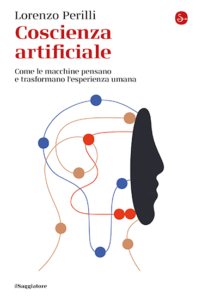
Lorenzo Perilli: Generative Artificial Intelligence. How have we come so far?
Lorenzo Perilli, Director of the Department of Literature, Philosophy and Art History at the University of Rome Tor Vergata, is a philologist and historian of
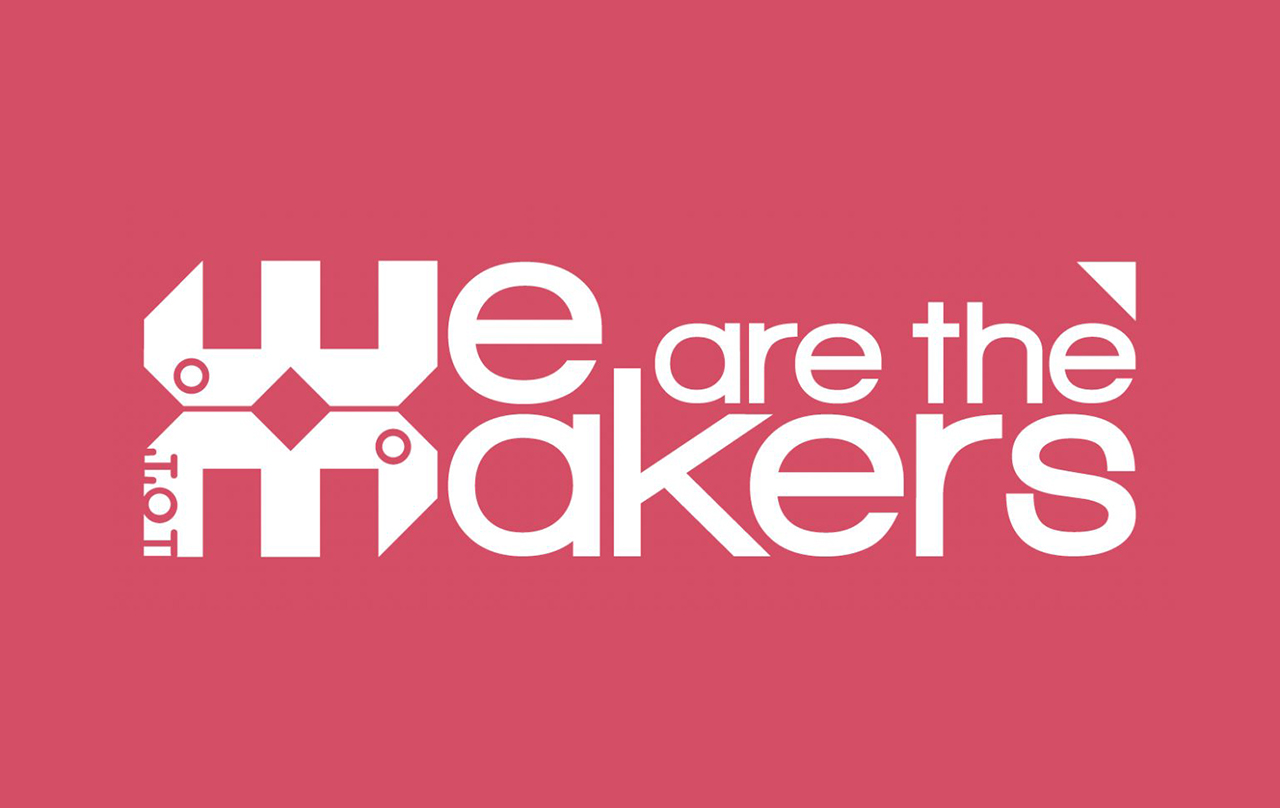

Scuola di Robotica and the project We are the makers offer a starting point for using the Internet of things into teaching
Good intentions are an important prerequisite for revolutionizing the school system, but this is not enough. The will to actualize a proposal can not be sufficient for it to automatically become factual. First of all, resources to insert the tools in the classrooms are needed, and then teachers must achieve an adequate training because they ought to transform the technology into enrichment material. Scuola di Robotica is always at the forefront, even in the world, to manage this innovation process. For three years, for example, it has been taking part in the Erasmus + project “We are the maker”. On July 18, to celebrate the end of this journey, an extraordinary online event is going to be organized. A series of webinars, conducted by the European partners who were involved in the project, are following one another during the day. What is important to remember is that anyone can register and participate in the streaming. The goal of We are the makers is to let people understand that the subject “we” is not confined to a niche, but encompasses anyone. We are all producers; we can all benefit from the tools of robotics and coding in education. When Plato told the myth of Prometheus, he highlighted that thanks to the greek hero we can survive. He stole the technical capacity and the fire from Athena and Hephaestus (the progenitor god of each maker) to distribute them to all human beings.
The need to change an obsolete system, introducing technologies and new learning practices is an evergreen of educators, so much so that the innovation we are talking about has a latency of twenty years. What is missing from good speeches is always a practical clue on how to realize the dreamed potential. The teacher tends to be disoriented towards technology. Even the most enthusiastic teachers throw in the towel on the digitalization of the school. In my opinion, a key point is the lack of effective and understandable guidance that shows how technology can be functional at school. We miss a vademecum concerning the real application, the use of digital means, declined according to the various school situations and curricula. Technology is intended, at most, as a crutch of scientific subjects, however, it remains absent in humanistic programs.
Therefore, we miss a description of what can be done with the media and digital, without trivializing them. Unfortunately, as they have been presented so far, they seem to be tools that can only complicate the frontal lesson, making it a theatre. In short, teachers continue to perceive Media Education as a topic that is not very useful for school objectives. Digitization appears perfect for political speeches or some academic research, but its real use turns, at best, into a short-term project.
In reality, inserting tools such as coding, robotics, 3D printing would bring several beneficial effects to teaching, both for school subjects and for the cognitive and emotional maturation of the pupil. We must be careful not to insert them like a sort of summer Bootcamp and neither as an accessory element, a sort of bait with which to attract the pupils, but with no concrete use.
To illustrate the value of technology if applied to education, filling the void left by the speeches and the goodwill of the digital agenda, some proposals are coming from Italy, in particular from Scuola di Robotica. Among the various initiatives, for three years it has been taking part in We are the makers, an Erasmus+ European project that has seen the collaboration of various partners from all over Europe, including France (E-Nable), Germany (Johannes-Kepler- secondary school Gymnasium), Denmark (Create It Real), Greece (Edumotiva) and Romania (Valahia din Targoviste University).
The project aimed to demonstrate how the Internet of things, 3D printing and interactive objects can be a significant part of learning scenarios. Each lesson was organized concerning different target audience, from primary school children to second-grade secondary school adolescents. Each hypothetical lesson was divided into suggested steps. Lesson Plans show how traditional technologies and learning objectives can enrich each other. Every discipline achieves concreteness by the technology, and technological tools find meaning from scholastic subjects.
Every “year of life” of We are the makers, the various partners hypothesized different lesson plans. Finally, they gathered the knowledge developed during the project in manuals that can be downloaded for free from the website. The first year the topic concerned 3D printing, the second year they developed Internet of things, and therefore how devices such as Microbit or Arduino can be programmed. Finally, this last year, as a Hegelian synthesis, the partners have focused on the productive union between printing and sensors, developing learning scenarios concerning interactive objects.
Besides making technologies truly expendable in teaching, proposing realistic learning scenarios, the goal was to combine the technology to social good, demonstrating once again that utopia is not a non-place. E-Nable France is one of the partners involved in the project. This association is part of the well-known international E-Nable movement, born from the will of an American maker who left available to anyone the 3D prototypes, with which everyone would print, at low cost, robotic hands. The “We are the makers” project taught how to modify, adapt, print and articulate these prostheses. Some of these hands have been given to children, who have little chance of affording other-made prostheses.
On July 18 there should have been a maxi event in Germany, to celebrate the end of the project and to present the experiences that characterized the path. For security reasons due to the new coronavirus, the event is going to be held online. From nine A.M. to five P.M, six webinars are going to take place, presented by each partner. The projects are going to be shared with anyone who wants to enrol for knowing the possibilities that robotics offers to school and personal growth. Important: for each course attended an official certification will be issued, which can be inserted in the CV.
Italy opens at 9:00 A.M. with Scuola di Robotica. In addition to a brief introduction in which the mission of We are the makers is going to be exposed, the teachers who won the contest organized by the project are going to talk about their proposals. It follows the presentation of the learning scenarios built during this adventure. What Scuola di Robotica wants to emphasize is precisely the permeability of technology, which applies to the most disparate areas. Italy has produced various scenarios, adapting We are the makers in multiple contexts. The spirit of the project was indeed to turn the technology into natural and realistic support for the school.
Romania follows from 10:05 to 11:10 with an introduction on Microbit. They also show how to design a directional system for bicycles, in which the radio signals incorporated in the BBC’s device being exploited. From 11:15 to 12:15 Greece presents the learning scenario regarding an alarm system used in class. From 12:20 to 13:20 Denmark describes the lesson plan that was developed for the 3D printing handbook. They show how to build a bridge, using solid geometric notions. Germany presents its webinar from 13:25 to 14:25. They show how to obtain a vital function detector to monitor health. Finally, from 14:30 to 15:30 E-Nable concludes the event by giving practical lessons on how to print a prosthesis in 3D printing.
Here where to find all the necessary information around the webinars. Remember that registration is free. You are free to follow all the webinars, or only one course. Official attendance certificates will be issued. Just fill in the registration form available on the information page of the event and at the following address: registration form.

Lorenzo Perilli, Director of the Department of Literature, Philosophy and Art History at the University of Rome Tor Vergata, is a philologist and historian of
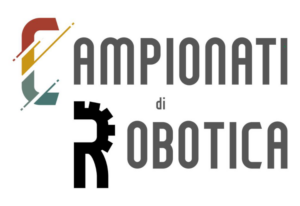
The Italian initiative, promoted by the Ministry of Education and Merit, as part of the Robotics Championships project, aims to enhance students’ scientific and technical
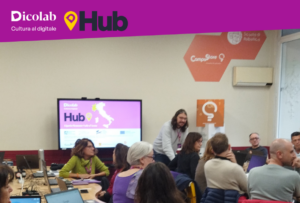
Sold out for the first training day “Dicolab. Cultura al digitale” in Genoa. The 25 places available for the first two courses in Genoa sold
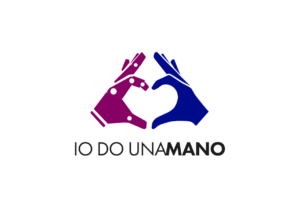
Io Do Una Mano ( I Give a Hand) is a non-profit organization with the goal of helping people – especially children – with congenital
Write here your email address. We will send you the latest news about Scuola di Robotica without exaggerating! Promised! You can delete your subscription whenever you want clicking on link in the email.

© Scuola di Robotica | All Rights Reserved | Powered by Scuola di Robotica | info@scuoladirobotica.it | +39.348.0961616 +39.010.8176146 | Scuola di robotica® is a registered trademark